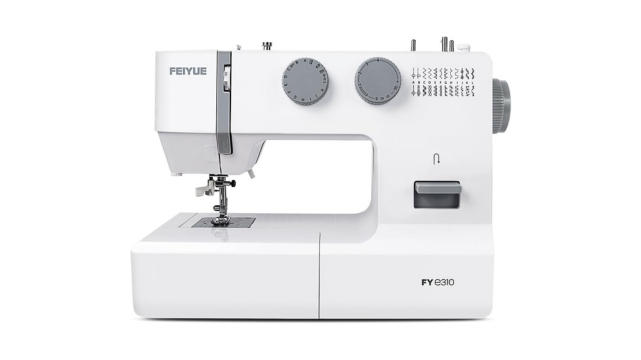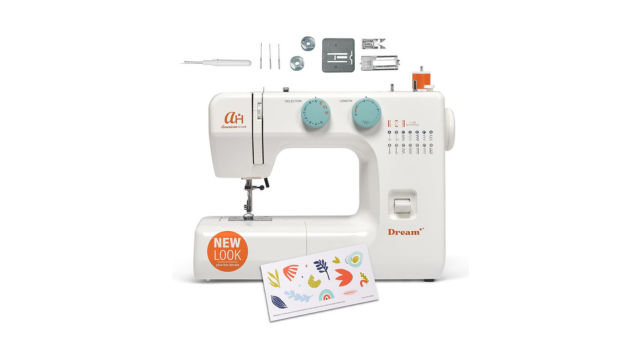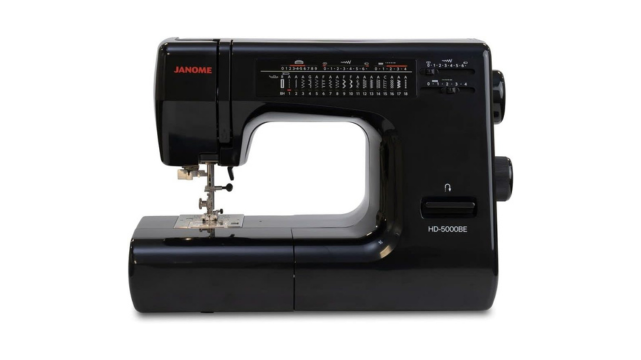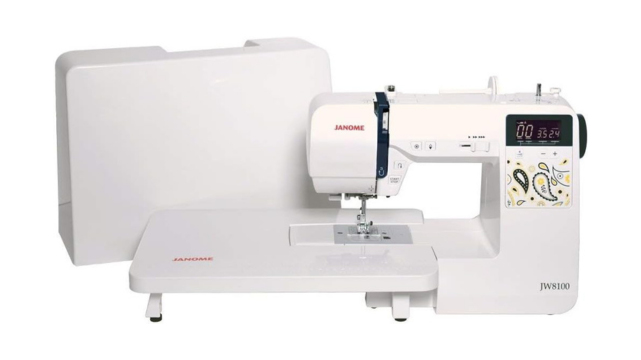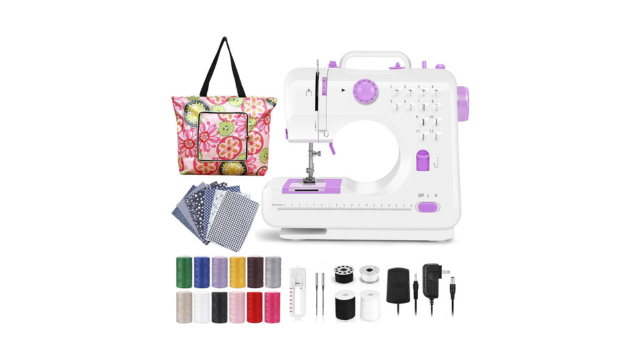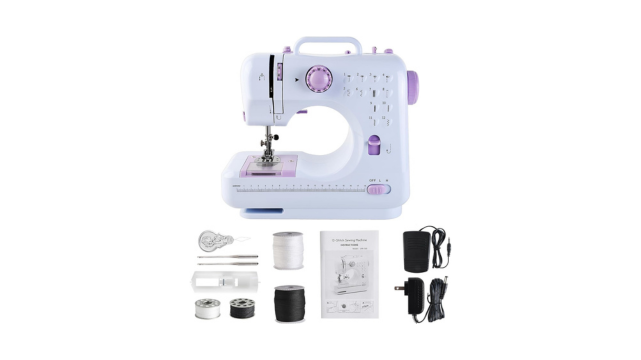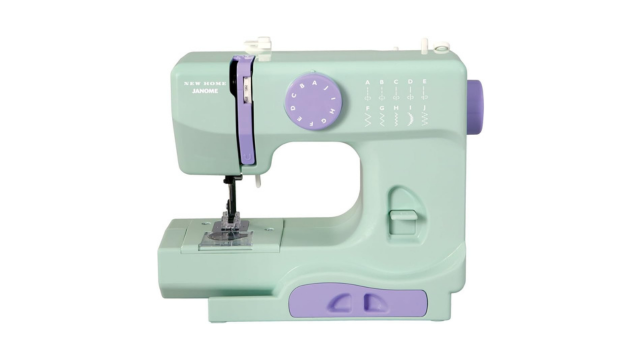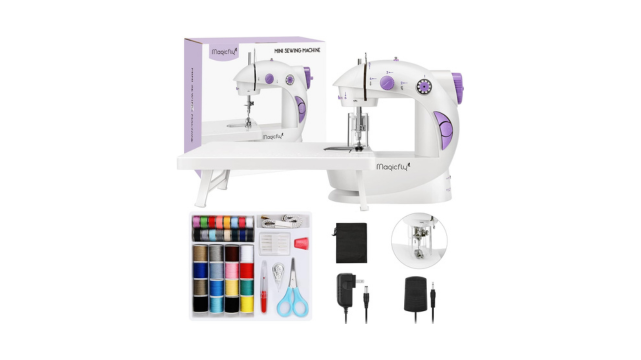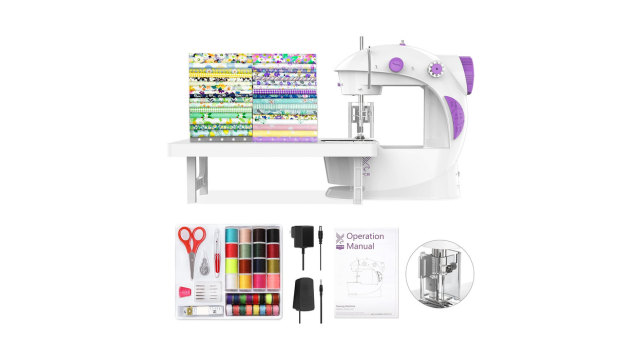Starting your sewing journey with the right machine can make all the difference. A good beginner sewing machine should be easy to use, reliable, and versatile enough to handle a variety of projects. Whether you’re looking to hem clothes, craft home decor, or explore creative designs, the right machine can help you achieve professional-looking results with ease. Below, we’ve curated a list of the best sewing machines for beginners, each offering user-friendly features, durable construction, and the flexibility needed to bring your creative ideas to life.
Buying Guide
Embarking on your sewing journey is an exciting adventure, and selecting the right sewing machine is a crucial first step. As a beginner, you’ll want a machine that’s user-friendly, versatile, and capable of growing with your skills. This guide will walk you through the essential features to consider, helping you make an informed decision that aligns with your needs and aspirations in the world of sewing.
Key Features to Look For
When shopping for your first sewing machine, several key features can make your learning experience smoother and more enjoyable. A good beginner-friendly machine should offer a selection of basic stitches, including straight stitch, zigzag, and buttonhole options. Look for machines with adjustable stitch length and width, as these settings allow you to customize your sewing for different fabrics and projects. Automatic needle threaders can be a significant time-saver and reduce eye strain, especially for those new to sewing. Additionally, a top-loading bobbin system is typically easier to use than front-loading alternatives, making it ideal for beginners who are still getting comfortable with machine setup.
Ease of Use
For newcomers to sewing, ease of use is paramount. Seek out machines with clear, intuitive controls and well-labeled dials or buttons. Some models feature LCD screens that display stitch selections and settings, which can be particularly helpful for beginners. Consider machines that come with detailed instruction manuals or even built-in tutorials. These resources can be invaluable as you familiarize yourself with your new equipment. Additionally, look for models with a free arm feature, which allows for easy sewing of cylindrical items like sleeves and cuffs.
Durability and Build Quality
While it might be tempting to opt for the least expensive option, investing in a well-built machine can save you frustration and money in the long run. Look for sewing machines with metal internal frames, which provide better stability and durability compared to plastic alternatives. A sturdy machine will handle a variety of fabrics more effectively and withstand the test of time as your skills improve. Pay attention to the weight of the machine as well; a slightly heavier model often indicates more metal components and better overall quality.
Versatility for Growth
As a beginner, you may not need all the bells and whistles of a professional-grade machine, but it’s wise to choose a model that can accommodate your growing skills. Look for sewing machines that offer a good range of basic and decorative stitches. While you may not use all of these immediately, having options allows you to explore new techniques as your confidence grows. Some machines come with additional presser feet for specific tasks like zipper insertion or buttonholes. These accessories can expand your sewing capabilities without requiring you to purchase a new machine as your interests evolve.
Noise Level and Speed Control
The noise level of a sewing machine can significantly impact your sewing experience, especially if you plan to sew in shared spaces or during times when others might be disturbed. Some machines are designed to operate more quietly than others, so consider this factor if noise is a concern for you. Additionally, look for models with adjustable sewing speeds. As a beginner, you’ll likely want to start slow, but as your skills improve, the ability to increase speed can be beneficial. Many beginner-friendly machines offer speed control sliders or multiple speed settings to accommodate different skill levels.
Budget Considerations
While it’s important to invest in a quality machine, there are excellent options available at various price points. Set a realistic budget based on your commitment to sewing and the features you prioritize. Remember that the most expensive machine isn’t necessarily the best choice for a beginner. Mid-range models often offer a good balance of quality, features, and value. Consider factors like warranty coverage and the availability of local repair services, as these can add value to your purchase and provide peace of mind.
Try Before You Buy
If possible, visit a local sewing machine dealer or craft store that allows you to test different models. Hands-on experience can give you a better feel for the machine’s operation, noise level, and overall comfort. Don’t hesitate to bring fabric samples and try out various stitches. This firsthand experience can be invaluable in helping you choose a machine that feels right for you. Many dealers also offer classes or demonstrations, which can be an excellent way to learn more about different models and their capabilities.
Conclusion
Selecting your first sewing machine is an important decision, but it doesn’t have to be overwhelming. By focusing on key features like ease of use, durability, and versatility, you can find a machine that will support your sewing journey from beginner to more advanced projects. Remember that the best sewing machine for you is one that you’ll enjoy using and that fits your specific needs and budget. Take your time, do your research, and if possible, try out different models before making your choice. With the right machine by your side, you’ll be well-equipped to explore the wonderful world of sewing and unleash your creativity. Happy sewing!


